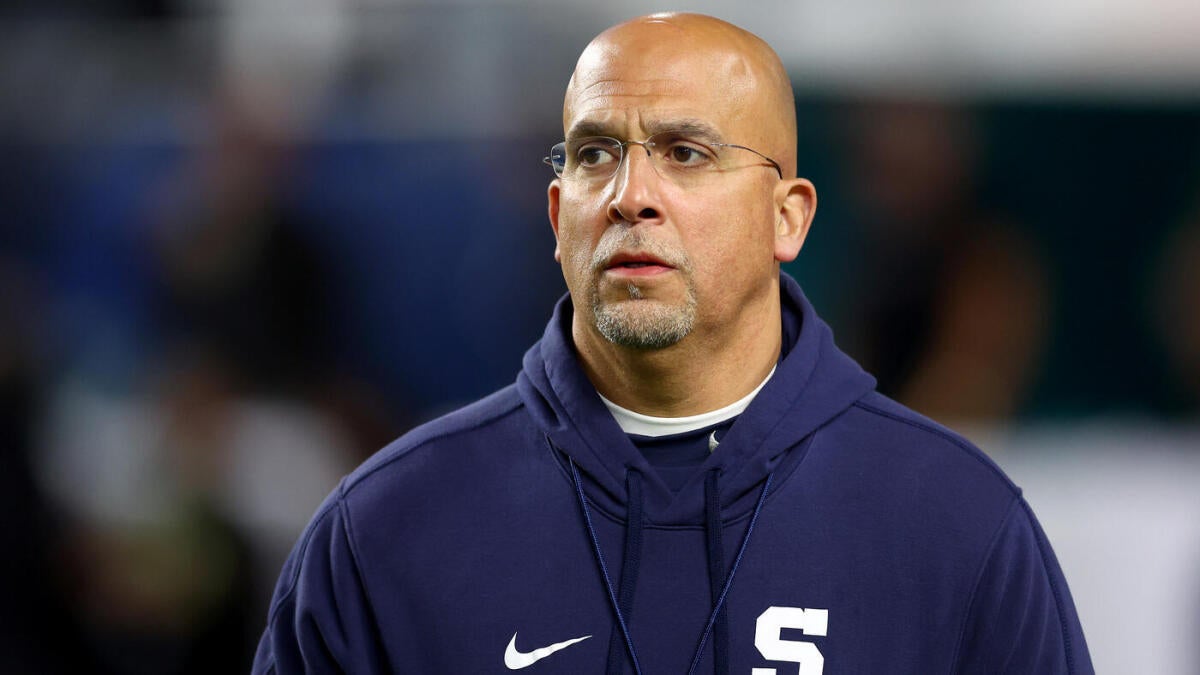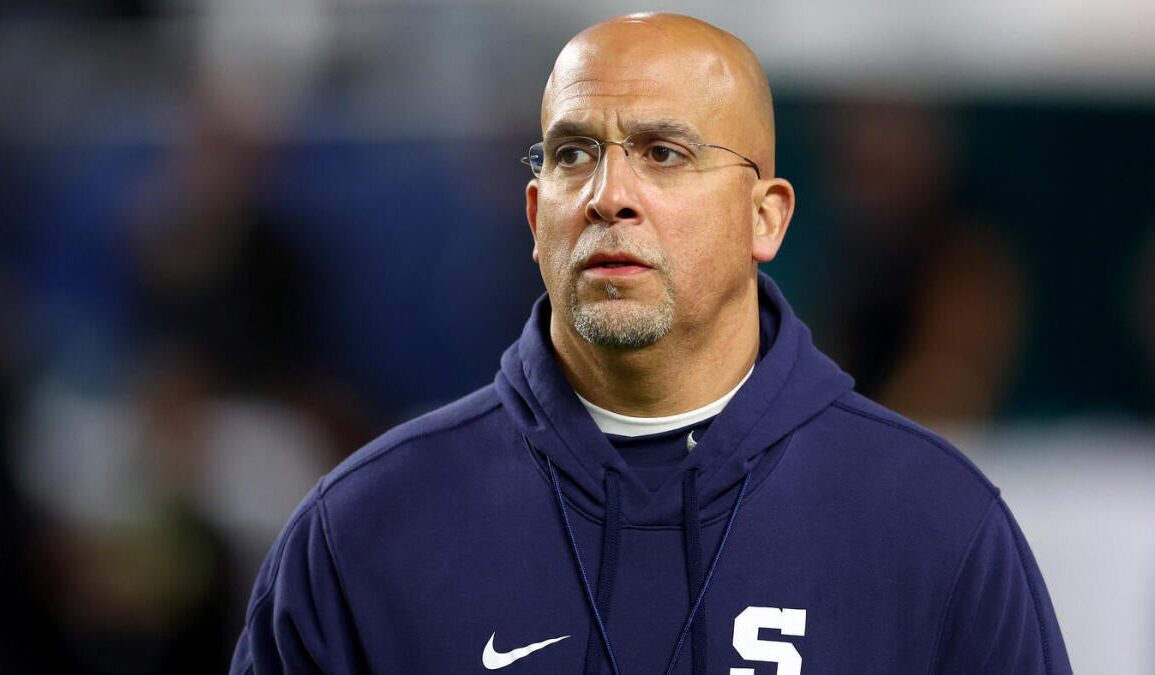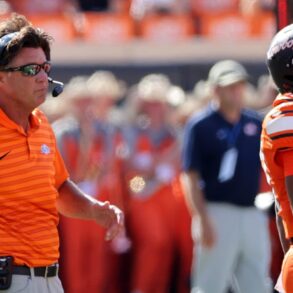
The College Football Playoff selection committee fell under scrutiny last season over its decisions at the bottom of the bracket, most notably with the moves to include SMU and Indiana in the field over multiple SEC hopefuls. It was not the first time the group was the subject of criticism. Ex-CFP selection committee member Scott Stricklin said last month that the present model is “not ideal to choose a postseason” and Penn State coach James Franklin joined him in pondering whether a different method would be preferable.
Since the CFP’s formation in 2014, various iterations of a 13-member committee constructed the postseason brackets, not in a dissimilar fashion to the NCAA’s model for other championship sports. The method replaced the BCS formula, which previously determined the two teams to compete in the national championship game.
“It’s funny, because I think there’s all these complaints about the BCS, but then we go to this, and I think it goes back to really, my answer is, the problem is, everybody voting and everybody involved in the process — whether you want to be biased or not, we all are biased,” Franklin said. “I think in a lot of ways, you could make the argument a formula could be better. But we didn’t love the formula. So we went to this other system.”
Controversies during the BCS era put pressure on decision-makers to establish the CFP and take the selection process away from computers and place it in the hands of prominent figures with extensive college football knowledge. Playoff selection is far from a straightforward process, though, in that teams from various conferences play an unequal number of league games and face different strengths of schedule.
“There’s a lot of challenges,” said Franklin. “You’ve got East Coast people voting on this, and they haven’t watched enough of the West Coast games based on the time. All the different rankings that are out there. In my mind, a formula makes the most sense because it takes the bias out that we all have.”
College football has a long history of crowning a champion that does not include a selection committee. For decades, media and coaches polls awarded national titles to their top-ranked teams. The BCS computer formula arrived in 1998 and was the standard for a decade and a half.
“I also think maybe there’s a way to kind of do both, and I guess you could make the argument they are doing both right now, because I think the committee uses some formulas to come up with it, which I think makes a ton of sense,” Franklin said. “I think at the end of the day, there’s not going to be a perfect system.”
This post was originally published on this site be sure to check out more of their content.








